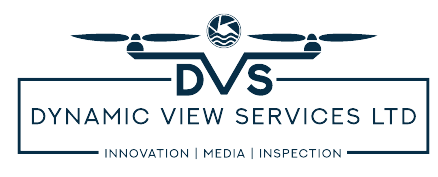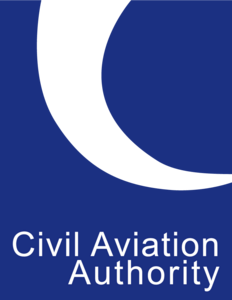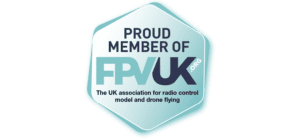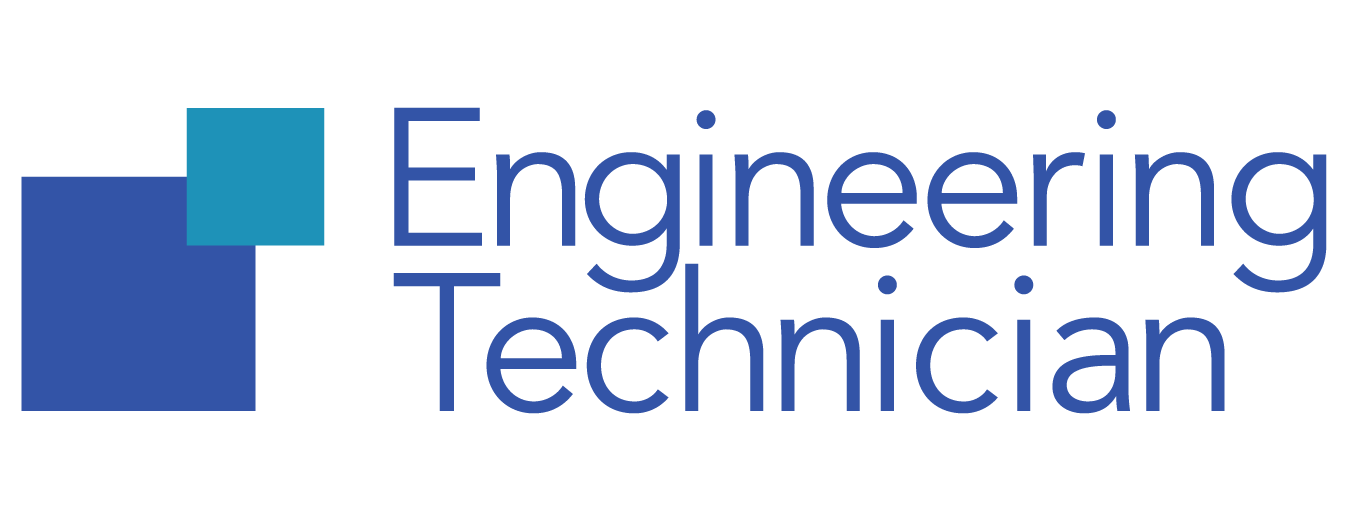In recent years, the advent of drone technology has transformed various industries, and one area where its impact is profoundly felt is roof inspections. Traditional methods of inspecting roofs can be time-consuming, dangerous, and often yield less-than-optimal results. However, with the introduction of First-Person View (FPV) drone technology, roof inspections are undergoing a revolution, providing accuracy, safety, and efficiency that were previously unattainable.
The Need for Accurate Roof Inspections
Roofs are a critical component of any building, protecting against the elements and contributing to the overall structural integrity. Regular inspections are essential to identify potential issues such as leaks, structural damage, or wear and tear. Traditionally, roof inspections involved physical access to the roof, requiring inspectors to use ladders or scaffolding, which posed risks for both the inspector and the property. Moreover, this hands-on approach often led to incomplete inspections, with hard-to-reach areas being overlooked.
Enter FPV Drone Technology
FPV drone technology allows operators to experience flight from the drone’s perspective, enabling them to navigate complex environments with ease. This capability is particularly beneficial for roof inspections, where drones can easily manoeuvre over and around rooftops, capturing high-resolution images and videos that provide detailed insights into the condition of the roof. Here’s how FPV drones are revolutionising the inspection process:
1. Enhanced Safety
One of the most significant advantages of using FPV drones for roof inspections is the safety they offer. Inspectors no longer need to climb onto potentially hazardous rooftops. Instead, they can operate the drone from a safe distance, significantly reducing the risk of falls and accidents. This safety enhancement is especially crucial for steep or difficult-to-access roofs, where the danger is heightened.
2. Increased Efficiency
FPV drones can cover large areas in a fraction of the time it would take for a traditional inspection. Where manual inspections may require hours or even days, a drone can complete the task in a matter of minutes. This efficiency not only saves time but also reduces labour costs, making drone inspections a more economically viable option for property owners and managers.
3. High-Resolution Imagery and Data Collection
Modern FPV drones are equipped with advanced cameras and imaging technology that capture high-resolution images and videos. This capability allows inspectors to obtain a detailed view of the roof, identifying issues that may not be visible to the naked eye. Furthermore, drones can be fitted with thermal imaging cameras, enabling inspectors to detect heat loss, moisture intrusion, and other hidden problems that can lead to costly repairs if not addressed promptly.
4. Comprehensive Reporting and Documentation
Using FPV drones for roof inspections allows for thorough documentation of the inspection process. High-quality images and videos can be compiled into comprehensive reports that detail the roof’s condition, pinpointing areas of concern and recommending necessary repairs. These reports serve as valuable records for property owners, insurers, and estate agents, facilitating informed decision-making regarding maintenance or potential real estate transactions.
5. Accessibility to Difficult Areas
Drones can easily navigate challenging or inaccessible areas of a roof, such as peaks, valleys, and overhangs. This capability ensures that inspectors can thoroughly evaluate the entire roof surface without risking their safety or leaving any areas unchecked. For properties with unique architectural features, the precision of drone technology allows for a comprehensive assessment that would be difficult to achieve through traditional methods.
6. Environmental Considerations
The use of FPV drones aligns with growing environmental concerns by minimising the need for physical equipment and scaffolding, which can damage landscaping and other property features. Additionally, drones require less time on-site, reducing carbon footprints and promoting sustainable practices within the inspection industry.
Conclusion: The Future of Roof Inspections
As the technology behind FPV drones continues to evolve, the potential applications for roof inspections will only expand. With benefits such as enhanced safety, increased efficiency, high-resolution data collection, and comprehensive reporting, FPV drone technology is setting a new standard for how roof inspections are conducted.
At Dynamic View Services, we leverage cutting-edge drone technology to deliver high-quality roof inspection services tailored to meet the needs of our clients in Stirling, Scotland. Our team of certified drone operators combines engineering expertise with innovative technology, ensuring accurate and reliable results for every inspection. Whether you’re a homeowner, a property manager, or a roofing contractor, our FPV drone services provide the detailed insights you need to protect your investment and ensure the longevity of your property.
Embracing FPV drone technology not only revolutionises roof inspections but also enhances the overall quality and efficiency of the inspection process. As we look to the future, it’s clear that drones will play an integral role in redefining how we assess and maintain our roofs, ultimately leading to safer and more sustainable building practices
